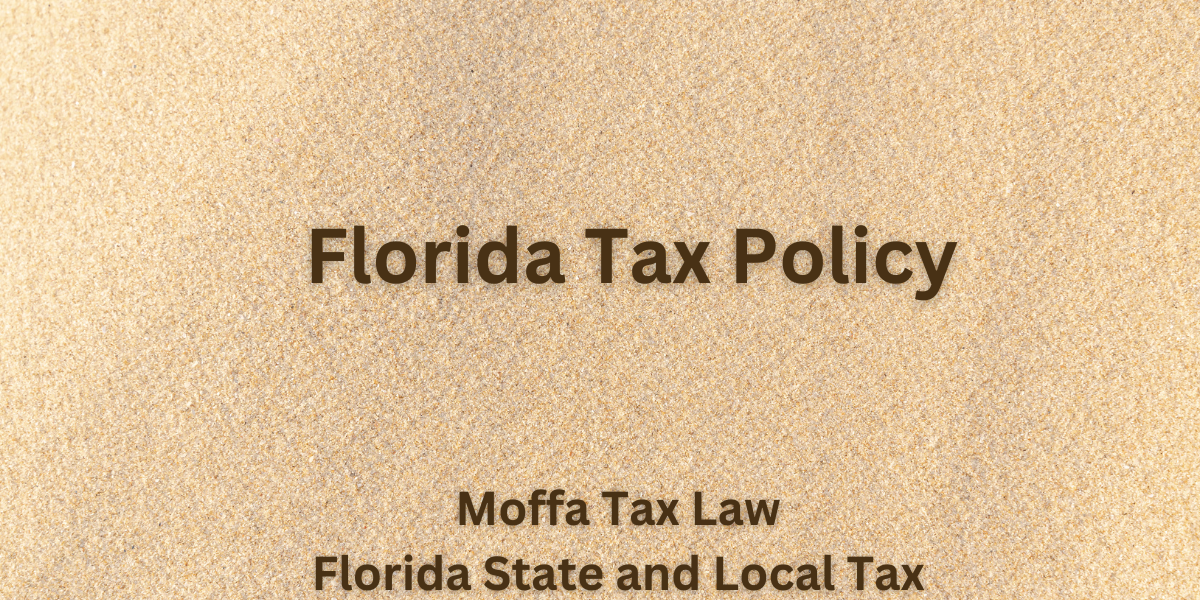NEWS & INSIGHTS


The 2017 Tax Cuts and Jobs Act (TCJA) marked a seismic shift in U.S. tax policy. As we approach key expirations in 2025, tax professionals are revisiting the TCJA’s long-term implications through the lens of foundational tax policy principles: efficiency, equity, and ease. A recent panel hosted by the ABA’s Young Lawyers Forum and the Tax Policy and Simplification Committee offered insights from academics and practitioners on what the TCJA got right—and where it fell short.
Tax Policy Principles: The Classic Three E’s
Efficiency focuses on whether the tax code distorts behavior or promotes economic growth. The TCJA aimed to encourage investment and expansion, largely through corporate rate cuts and accelerated depreciation. However, the evidence remains mixed on whether those changes significantly boosted growth. Provisions like §199A and the shift to a territorial international tax system offered new planning tools, but also created new inefficiencies and distortions.
Equity raises questions about fairness. While the TCJA promised broad relief, many of its benefits skewed toward higher-income taxpayers. The repeal of miscellaneous itemized deductions and the cap on state and local tax (SALT) deductions disproportionately affected individuals in high-tax states. This raised concerns under both horizontal equity (treating similar taxpayers the same) and vertical equity (taking different capacities to pay into account).
Ease evaluates whether the tax system is simple and administrable. For some, like those who could take the increased standard deduction, the TCJA simplified compliance. But for many others—especially businesses dealing with new international and pass-through rules—the law added complexity. Temporary provisions, coupled with inconsistent state conformity, further complicated administration.
What Happens After 2025? A Look at Expiring Provisions
Many of the TCJA’s individual provisions are set to sunset after 2025. The expanded standard deduction, which helped reduce the share of itemizing taxpayers from 33% in 2017 to around 10% by 2020, will revert to pre-TCJA levels. That could reintroduce complexity into many taxpayers’ filings. The §199A deduction—allowing pass-through businesses to deduct up to 20% of qualified income—has been crucial for small business owners and service professionals. Its expiration could lead to sharp increases in their effective tax rates. Likewise, the temporary personal income tax rate cuts will end, increasing marginal rates across most brackets.
SALT Deduction Cap: A Federal-State Tension
One of the most controversial provisions of the TCJA was the cap on SALT deductions, limiting individual taxpayers to a $10,000 deduction regardless of actual state tax paid. The cap does not adjust for marital status, creating a so-called “marriage penalty,” and disproportionately affects taxpayers in high-tax states. States responded with creative workarounds, most notably the rise of Pass-Through Entity Taxes (PTETs), which allow entities to pay state tax at the entity level. These payments are fully deductible for federal purposes under IRS Notice 2020-75, and 36 states have since adopted PTET regimes.
Looking ahead, lawmakers have floated several options: doubling the SALT cap, repealing it, or narrowing it to only cover property taxes. Some proposals also consider eliminating business SALT deductions, removing the home mortgage interest deduction, or restricting tax-exempt bond interest. Each option carries distinct revenue and equity implications.
State Tax Conformity: A Splintered Landscape
The TCJA’s complexity was magnified by its uneven adoption across states. States conform to federal tax rules in different ways—some automatically (rolling conformity), some through periodic legislation (static), and some selectively. The result has been a splintered landscape of state tax rules. Key international provisions like GILTI and FDII created substantial complexity for multistate taxpayers. Some states treated GILTI as a dividend and allowed full or partial deductions, while others taxed it more heavily or excluded it based on filing status or company structure. Additional federal changes—such as §163(j) interest limitations and opportunity zone provisions—also created headaches for state revenue departments and tax planners alike.
International Tax Shifts: Pillars and Politics
On the international front, the TCJA introduced sweeping changes including the creation of GILTI, BEAT, and FDII. These were intended to discourage base erosion and profit shifting, while the corporate rate reduction to 21% aimed to make the U.S. more competitive globally. However, implementation raised many questions, especially when layered onto differing state treatments and global reform efforts like the OECD’s Pillar One and Pillar Two initiatives.
The OECD negotiations have raised further complications. Pillar One focuses on reallocating profits of large multinationals to market jurisdictions, while Pillar Two implements a global minimum tax. Disputes continue over digital services taxes (DSTs), withholding mechanisms, and how to calculate profits for marketing and distribution activities. IRS notices like 2023-55 and 2023-80 provide interim guidance on foreign tax credit eligibility, sourcing rules, and transitional relief, but much remains in flux. The U.S. also continues to balance tax policy with broader trade and geopolitical goals, including defending against discriminatory taxes on American tech firms.
Looking Ahead: Options on the Table
With 2025 approaching, policymakers are considering several revenue-raising and policy-balancing options. Some proposals suggest repealing popular deductions, such as SALT or mortgage interest, while others propose adjusting business tax incentives, like eliminating bonus depreciation or tightening interest deductibility. Lawmakers may also extend or modify key provisions affecting individuals, such as rate cuts or the §199A deduction. Internationally, changes to the treatment of GILTI, BEAT, and FDII are already scheduled, with tax rates set to rise automatically in 2026 unless action is taken.
Congress must decide whether to preserve the TCJA framework, make key parts permanent, or overhaul the system again. These decisions will shape not only tax burdens but also the economic incentives faced by individuals, businesses, and multinational enterprises.
Final Thoughts
As the expiration of the TCJA’s individual provisions nears, the country faces a critical moment in tax policy. The 2017 law was never meant to be permanent in its entirety; it was a political compromise with built-in sunsets to meet budget constraints. Now, lawmakers and practitioners must return to first principles and ask: Is the system efficient? Is it fair? And is it workable?
Share
Additional Articles by the SALTy Orange at Moffa Tax Law:
The Shifting Economic and Tax Landscape in 2025: A Detailed Look at Business Tax Trends and State Fiscal Responses
NEWS & INSIGHTS The Shifting Economic and Tax Landscape in 2025: A Detailed Look at Business Tax Trends and State…
NEWS & INSIGHTS Florida Sales Tax Audit Defense: The Ultimate Guide for Businesses Introduction If you own or operate a…
NEWS & INSIGHTS State and Local Tax Legislative Trends As the 2025 legislative year unfolds, state and local tax (SALT)…

Jeanette Moffa, Esq.
(954) 800-4138
[email protected]
Jeanette Moffa is a Partner in the Fort Lauderdale office of Moffa, Sutton, & Donnini. She focuses her practice in Florida state and local tax. Jeanette provides SALT planning and consulting as part of her practice, addressing issues such as nexus and taxability, including exemptions, inclusions, and exclusions of transactions from the tax base. In addition, she handles tax controversy, working with state and local agencies in resolution of assessment and refund cases. She also litigates state and local tax and administrative law issues.


